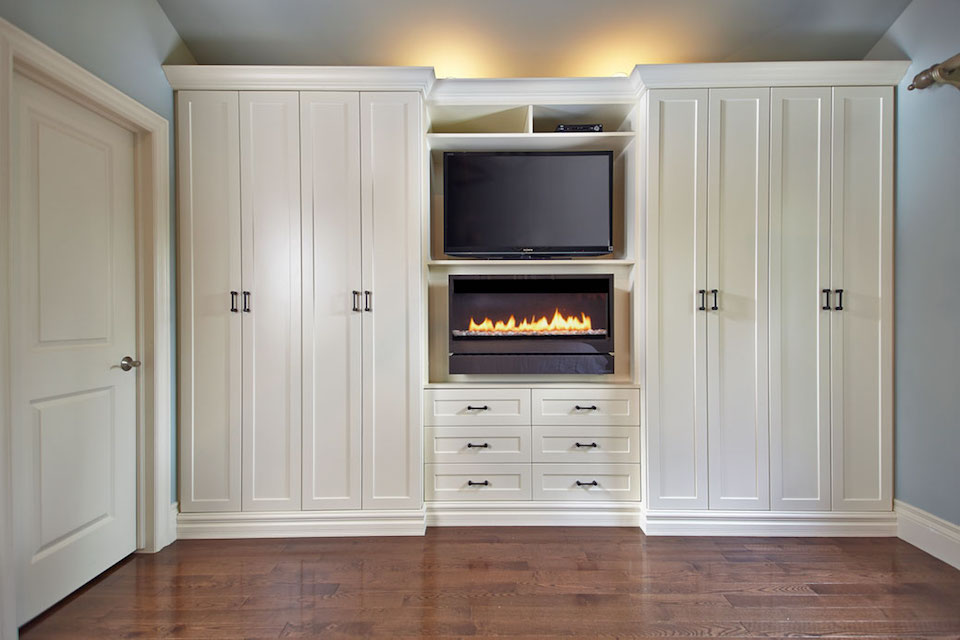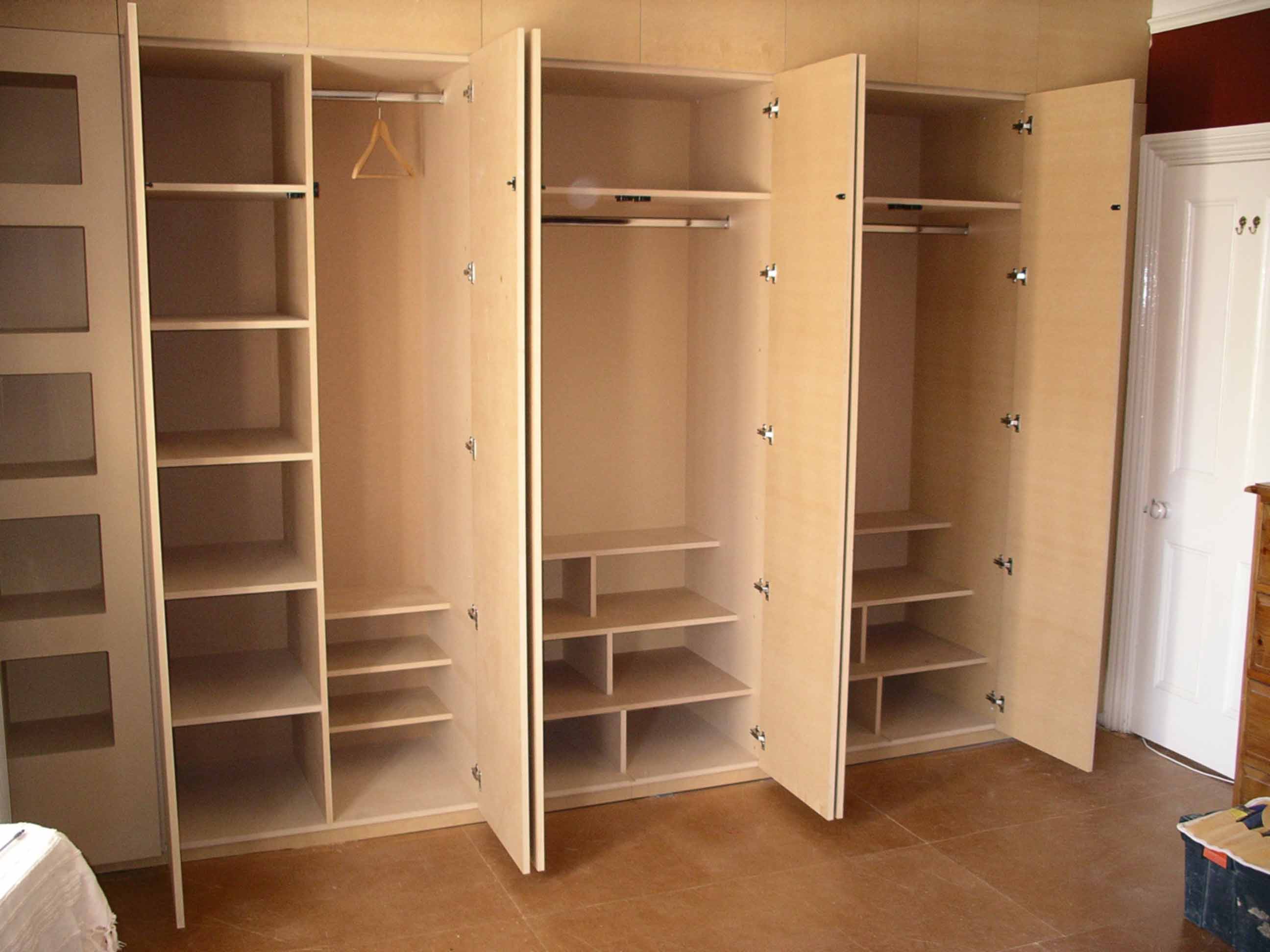Types of Bedroom Wall Wardrobe Cabinets

Your bedroom is a sanctuary, a space where you unwind and recharge. A well-designed wardrobe cabinet can significantly enhance the functionality and aesthetics of this personal haven. Let’s delve into the different types of bedroom wall wardrobe cabinets, exploring their unique characteristics and suitability for various needs and styles.
Built-in Wardrobe Cabinets
Built-in wardrobe cabinets are seamlessly integrated into the wall structure, offering a streamlined and space-saving solution. They are custom-made to fit the specific dimensions of your room, maximizing every inch of available space. These cabinets are often favored for their ability to create a cohesive and sophisticated look, as they blend seamlessly with the surrounding architecture.
Advantages
- Maximized Space: Built-in wardrobes eliminate wasted space, offering ample storage without compromising floor area.
- Customizable Design: They can be tailored to your exact specifications, incorporating shelves, drawers, and hanging rods as needed.
- Integrated Look: They create a seamless and cohesive aesthetic, blending seamlessly with the room’s design.
Disadvantages
- Installation Complexity: Installing built-in wardrobes requires professional expertise and can be a more involved process.
- Higher Cost: Due to their custom nature, built-in wardrobes are generally more expensive than freestanding options.
- Limited Mobility: Once installed, they are difficult to move or relocate, making them a permanent fixture in your bedroom.
Freestanding Wardrobe Cabinets
Freestanding wardrobe cabinets are independent units that can be placed anywhere in your bedroom, offering flexibility and versatility. They are available in various sizes, styles, and materials, providing ample options to suit your preferences and space constraints.
Advantages
Disadvantages
Modular Wardrobe Cabinets
Modular wardrobe cabinets are versatile units that can be assembled and rearranged to create a customized storage solution. These cabinets consist of individual components, such as shelves, drawers, and hanging rods, that can be combined in various configurations to meet specific needs.
Advantages
Disadvantages
Design Considerations for Bedroom Wall Wardrobe Cabinets: Bedroom Wall Wardrobe Cabinet Design

Designing a bedroom wall wardrobe cabinet is an opportunity to create a functional and aesthetically pleasing storage solution that complements your personal style and maximizes your space. By carefully considering the design elements, you can transform your bedroom into a haven of order and tranquility.
Maximizing Storage Space
The key to maximizing storage space within a bedroom wall wardrobe cabinet lies in efficient utilization of the available area. By thoughtfully incorporating hanging rods, shelves, drawers, and compartments, you can create a system that caters to your specific needs.
- Hanging Rods: Hanging rods are essential for storing clothes that wrinkle easily, such as dresses, shirts, and pants. Consider using double hanging rods to double the hanging space in a single compartment.
- Shelves: Shelves are ideal for storing folded clothes, sweaters, and other items that can be stacked. Varying shelf heights allows for accommodating items of different sizes.
- Drawers: Drawers are perfect for storing smaller items like socks, underwear, and accessories. Opt for drawers with smooth-gliding mechanisms for easy access.
- Compartments: Compartments provide dedicated spaces for specific items, such as shoes, handbags, or seasonal clothing. They can be incorporated as part of the cabinet design or added as separate units.
Material Selection
The choice of materials for your bedroom wall wardrobe cabinet significantly impacts its durability, aesthetics, and budget. Each material offers unique advantages and disadvantages, making it crucial to consider your priorities and preferences.
- Wood: Wood is a classic and timeless material known for its durability, natural beauty, and warmth. It offers a wide range of styles and finishes, from sleek and modern to rustic and traditional.
- Metal: Metal is a durable and versatile material that is often used in contemporary and industrial designs. It can be powder-coated in various colors to match your decor.
- Laminate: Laminate is a cost-effective and durable material that is resistant to scratches and moisture. It comes in a wide range of colors and patterns, allowing you to create a unique look.
Lighting Considerations, Bedroom wall wardrobe cabinet design
Proper lighting is essential for illuminating your bedroom wall wardrobe cabinet and enhancing its functionality. It not only allows you to easily find and select items but also adds a touch of elegance to the space.
- Overhead Lighting: Overhead lighting provides general illumination for the entire room, making it easier to see inside the cabinet.
- Cabinet Lighting: Installing lights inside the cabinet, such as LED strips, provides targeted illumination for specific compartments, making it easy to locate items.
- Accent Lighting: Accent lighting, such as spotlights or wall sconces, can highlight the cabinet’s design and create a warm and inviting ambiance.
Integrating Bedroom Wall Wardrobe Cabinets into Room Design

A well-designed bedroom wall wardrobe cabinet can be a beautiful and functional addition to any room. To create a cohesive and harmonious look, it’s crucial to integrate the cabinet seamlessly into the existing decor. This involves considering color schemes, furniture styles, and overall aesthetics.
Integrating Wall Wardrobe Cabinets into Existing Room Decor
The key to successfully integrating a bedroom wall wardrobe cabinet lies in harmony. This harmony is achieved through thoughtful consideration of color schemes, furniture styles, and overall aesthetics.
“A bedroom should be a sanctuary, a place where you can relax and unwind. The furniture and decor should reflect your personality and create a calming and inviting atmosphere.”
- Color Schemes: Choose a cabinet color that complements the existing color palette of your bedroom. If your walls are neutral, you have more flexibility to choose a bolder color for the cabinet. However, if your walls are already vibrant, opt for a more subdued cabinet color to avoid visual overload. Consider using a color wheel to identify complementary and analogous colors.
- Furniture Styles: The style of your wardrobe cabinet should complement the existing furniture in your bedroom. If you have a modern bedroom, choose a sleek and minimalist cabinet. For a traditional bedroom, consider a more ornate and detailed cabinet.
- Overall Aesthetics: The overall aesthetics of your bedroom should be consistent. If your bedroom has a minimalist feel, a sleek and modern wardrobe cabinet will blend seamlessly. A traditional bedroom might benefit from a more ornate and detailed cabinet.
Designing a Bedroom Layout with a Wall Wardrobe Cabinet
Planning a bedroom layout that incorporates a wall wardrobe cabinet can optimize space and create a visually appealing flow.
- Placement: The placement of the wardrobe cabinet is crucial. Consider placing it against a wall that is not already dominated by other furniture pieces. This will help to create a balanced and symmetrical layout.
- Flow: Think about the flow of traffic in your bedroom. Avoid placing the wardrobe cabinet in a way that obstructs the flow of movement. Consider creating a clear path from the door to the bed and other key areas of the room.
- Space Optimization: A wall wardrobe cabinet can help to maximize space. By incorporating shelves, drawers, and hanging rods, you can store clothes, accessories, and other items efficiently.
Incorporating a Wall Wardrobe Cabinet into Specific Design Themes
Here are examples of how to integrate a wall wardrobe cabinet into various design themes:
Minimalist Design
- Color Scheme: Stick to a neutral color palette, such as white, black, gray, or beige. Choose a cabinet that is sleek and minimalist in design.
- Furniture: Select furniture pieces that are simple and functional. Avoid ornate or overly decorated furniture.
- Overall Aesthetics: Keep the overall look clean and uncluttered. Minimize the number of accessories and decorative items.
Modern Design
- Color Scheme: Use bold and contrasting colors. Consider incorporating metallic accents, such as silver or gold.
- Furniture: Choose furniture pieces with clean lines and geometric shapes. Look for furniture made from materials like glass, metal, or leather.
- Overall Aesthetics: Create a sleek and sophisticated look. Use lighting to highlight key features.
Traditional Design
- Color Scheme: Use warm and inviting colors, such as cream, brown, or beige. Consider incorporating floral patterns or other traditional motifs.
- Furniture: Choose furniture pieces with ornate details and carvings. Look for furniture made from wood, such as mahogany or oak.
- Overall Aesthetics: Create a cozy and inviting atmosphere. Use accessories and decorative items to add warmth and character.
Bedroom wall wardrobe cabinet design – Maximizing space in your bedroom is key, and a well-designed wall wardrobe cabinet can be a game-changer. But what about those smaller spaces like the bathroom? A sleek wall mount picture frame medicine cabinet can effortlessly blend in with your decor while offering practical storage.
Just like a bedroom wardrobe cabinet, it provides a stylish and functional solution, ensuring a clutter-free and aesthetically pleasing environment.
Bedroom wall wardrobe cabinet designs are a fantastic way to maximize space and create a sleek, modern aesthetic. But what about your home office? For a similar streamlined look, consider a wall mounted data cabinet to neatly house your network equipment, freeing up valuable floor space.
Just like a well-designed wardrobe, a wall mounted data cabinet helps you organize and conceal the essentials, leaving your home office looking polished and professional.